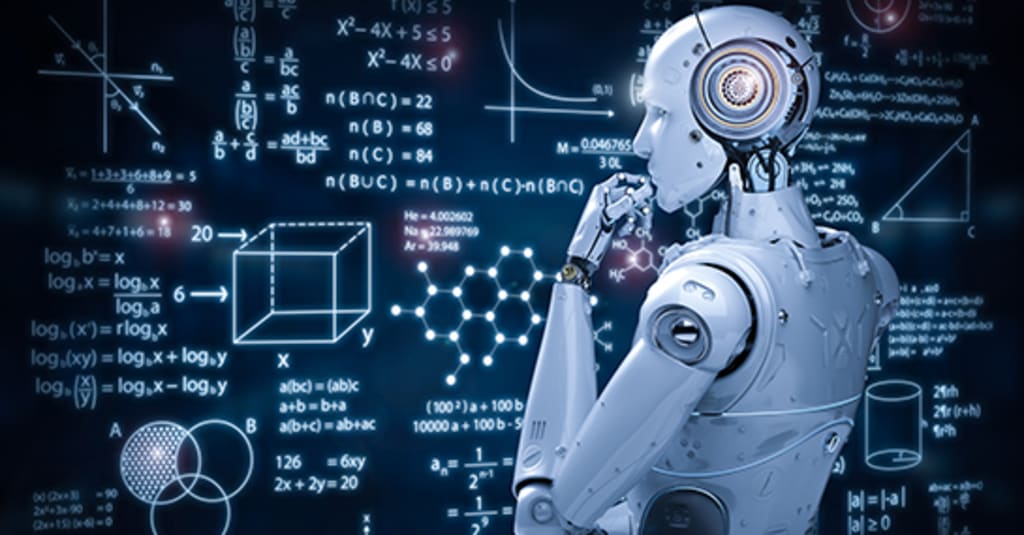The Next Big Thing in Artificial Intelligence is Student Assessment
For many years, the assessment of student learning has been a manual and time-consuming process.

From handing out quizzes on paper to grading essays by hand, teachers have always had to be present and on-site for assessing their students. But now with the advent of artificial intelligence in education, we are seeing more and more schools use digital technologies as a means for assessing student learning.
As technology advances so do our understanding of what it takes to create assessments that not only measure knowledge but also promote critical thinking skills such as creativity or problem-solving abilities.
This blog post will explore how artificial intelligence is being used in various ways throughout education from scoring exams to providing feedback during lectures.
What is Artificial Intelligence or AI?
Artificial Intelligence (AI) can be defined as the science and engineering of making intelligent machines, especially intelligent computer programs. AI is used in all those processes which can be performed by thinking or cognitive process. It enables a device or a computer program to perform tasks that would otherwise require human intelligence.
Applications of AI are found in several different fields including robotics, language processing, data mining, etc. It has been influenced by knowledge in different fields like computer science, mathematics, psychology, linguistics, etc.
Artificial Intelligence is used in higher education in different ways, such as:
Analyze education data: AI can provide insights to educators and administrators at all levels. This will also provide real-time feedback to teachers based on personalized learning systems.
Easy grading for teachers: If the machine has already read the essays, it will be much faster for it to give grades.
Extensive personalization of educational content: It can help students learn more deeply by engaging with materials that have been tailored for them. Artificial intelligence can provide such personalization in the course material, learning environment, and tutoring systems.
Personalized feedback to students: Artificial Intelligence is helping teachers assess their strengths and weaknesses. Some systems even measure student sentiment by extracting information from online conversations about the course material.
Use of digital assistants to personalize learning: The teachers can direct their students based on individual needs and skills. Such capabilities are present in the new learning management system of Moodle 3.0.
5 Artificial Intelligence Technologies Used in Evaluation of Students
Artificial Intelligence (AI) is increasingly being used in grading examinations too, but not all people are aware of this. The following paragraphs will highlight five artificial intelligence systems used in assessing student performance:
Optical Mark Reader
This system is designed to recognize and read text, marks, or symbols that are either handwritten or printed on paper. The Optical Mark Reader (OMR) system is one of the most common technologies used for automated grading of examinations. This technology is currently being applied in different parts of the world including the United States, India, Japan, South Korea, and Australia.
Intelligent Essay Assessment
This is an artificial intelligence-based system that assesses students’ essays and provides them with scores in terms of different factors such as grammar, vocabulary, and logical structure. Intelligent Essay Assessor (IEA) is a web-based computer program that can grade students’ written assignments accurately without human interference.
Intelligent Tutoring Systems
The Intelligent Tutoring System (ITS) is another example of artificial intelligence technologies used in assessing students. This technology provides personalized instruction to learners based on their performance and ability. ITS can provide immediate feedback to students, respond to learner failure or success, adjust educational pace, and adapt teaching style to the diversity of student backgrounds.
Online Video Annotation and Summarization
This type of system can analyze students’ mistakes or errors in a video by tracking their eye movements during viewing the clip. The online Video Annotation and Summarization (VAS) system can record, store and summarize data from multiple-choice examinations based on eye movement recordings of students watching video clips.
Online Visual Analytics for Intelligence Data
This is an artificial intelligence-based system that assesses students’ exam papers by visualizing the data collected from the field of education. This technology provides a quick assessment of student performance through representing big data in graphs and charts using interactive technologies such as the web, smartphones, and tablets.
About the Creator
Transtutors
Helping students to understand academic concepts,encompassing Questions and Answers, Study-notes, Online lectures, and delivering high quality solved assignments to them adhering to their pace.






Comments
There are no comments for this story
Be the first to respond and start the conversation.